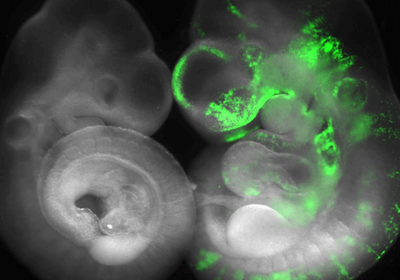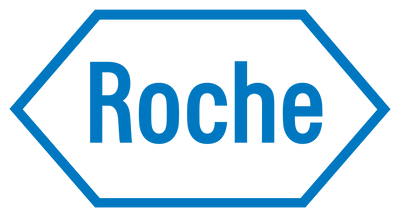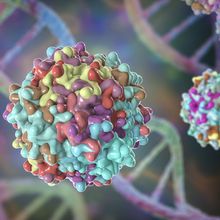Login
SubscribeADVERTISEMENT
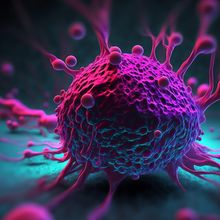
Cancers Protect Themselves Against Their Own Mutations
Ida Emilie Steinmark, PhD | Aug 1, 2023 | 2 min read
Tumors overexpress certain genes to survive a growing pile of harmful mutations, a trait that scientists could exploit to target with drugs.

Iconic Geneticist Evelyn Witkin Dies at Age 102
Lisa Winter | Jul 24, 2023 | 3 min read
Lasker Award winner Evelyn Witkin discovered the mechanism for DNA repair following UV damage.

Integrating Technologies into Neurodegenerative Disease Research
Thermo Fisher Scientific | 1 min read
Genetic analysis techniques give researchers the power to better understand, detect, and treat disease.
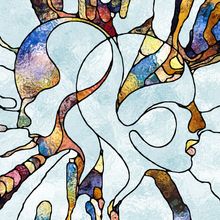
Noninherited Genetic Mutations Link to Schizophrenia
Alejandra Manjarrez, PhD | Jul 20, 2023 | 2 min read
By studying the genomes of more than 24,000 individuals, researchers discovered rare genetic mutations that may shed light on mechanisms underlying schizophrenia.
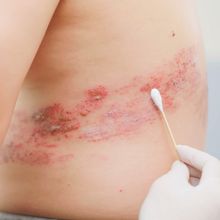
Delivering Gene Therapies in Utero
Natalia Mesa, PhD | Jul 18, 2023 | 3 min read
By delivering mRNA to the skin of mice in utero, researchers showed a proof-of-concept for shuttling gene therapies to skin cells before birth.
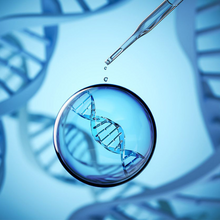
Optimizing Sample Homogenization
The Scientist’s Creative Services Team and Bertin Technologies | 3 min read
Discover how the latest homogenization technology improves and simplifies the processing of any biological sample.

The Future of Gene Therapy for a Rare Pediatric Autoimmune Disease
Niki Spahich, PhD | Jul 10, 2023 | 3 min read
By editing a mutated immune regulatory gene in patient cells, Rosa Bacchetta brings hope to those suffering from IPEX syndrome.
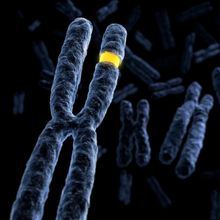
Immunity Genes May Play a Role in Down Syndrome
Kamal Nahas, PhD | Jul 6, 2023 | 4 min read
Extra copies of four interferon receptor genes found on human chromosome 21 trigger developmental changes in a mouse model of Down syndrome.
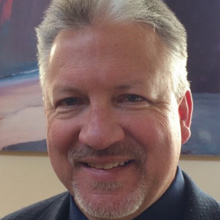
Modern Multiomics: Why, How, and Where to Next?
The Scientist’s Creative Services Team and Illumina | 4 min read
A conversation with Illumina Distinguished Scientist and Vice President Gary Schroth about the present and future of multiomic technology and applications
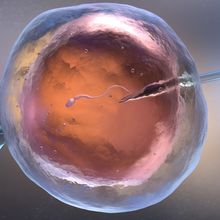
Should the scientific community abandon the 14-day rule for research on human embryos?
Ida Emilie Steinmark, PhD | Jul 5, 2023 | 2 min read
Research on human embryos is usually limited to the first 14 days of development, but as scientific capabilities improve, some argue that it is time to go further.

Using Multiple Techniques for Gene Expression Analysis
The Scientist Staff | Jul 5, 2023 | 2 min read
A single approach rarely addresses all research needs. Learn when and how to employ sequencing and PCR-based methods.
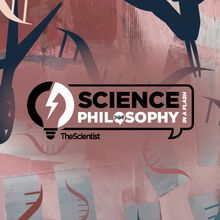
Targeting a Genetic Accident to Treat Disease
Deanna MacNeil, PhD | 2 min read
David Liu shares how integrating chemistry and evolution in his research has directed his work on base editing techniques aimed at developing new therapeutics.
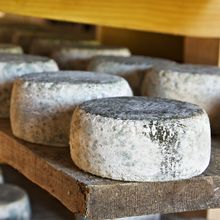
Deleting a Gene Quells a Pesky Cheese-destroying Fungus
Natalia Mesa, PhD | Jun 30, 2023 | 3 min read
Fungi disrupt microbial communities on cheese by making antibiotics.
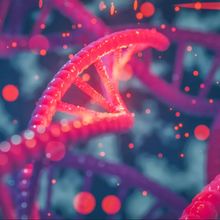
Redesigning Medicine Using Synthetic Biology
Alison Halliday, PhD, Technology Networks | Jun 21, 2023 | 5 min read
Drawing inspiration from nature, synthetic biology offers exciting opportunities to transform the future of medicine.

Supporting the Evolution of Liquid Biopsies
The Scientist Creative Services Team in collaboration with Twist Bioscience | 1 min read
Sequencing circulating tumor DNA (ctDNA) within liquid biopsies permits tumor identification and tracking.

A Genetic Predisposition to Vitamin D Deficiency Contributes to Severe COVID-19
Iris Kulbatski, PhD | Jun 1, 2023 | 3 min read
Ana Teresa Freitas discussed how individual variation in vitamin D synthesis and metabolism influences susceptibility to upper respiratory viruses.

How Restriction Enzymes Changed Biology
Nathan Ni, PhD | Jun 1, 2023 | 4 min read
Endonuclease R changed Richard Roberts’ career trajectory and created an industry.
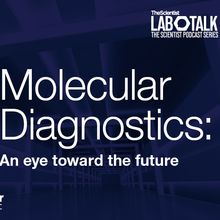
Molecular Diagnostics: An Eye Toward the Future
The Scientist’s Creative Services Team and Thermo Fisher Scientific | 1 min read
Scientists discuss their successes and challenges when creating new assays for molecular diagnostics.
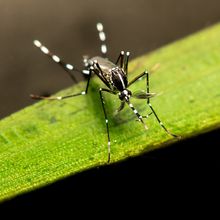
Combating Mosquito-Borne Diseases with CRISPR
Niki Spahich, PhD | Jun 1, 2023 | 4 min read
As alternatives to insecticides, Omar Akbari uses sophisticated genetic engineering methods to solve the world’s mosquito problems.
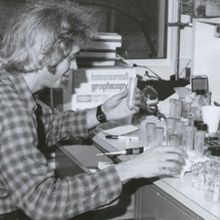
Cellular Competence: Making Recombinant DNA Accessible
Nathan Ni, PhD | Jun 1, 2023 | 2 min read
Coaxing bacteria into taking up recombinant DNA was arduous until Douglas Hanahan took action.
